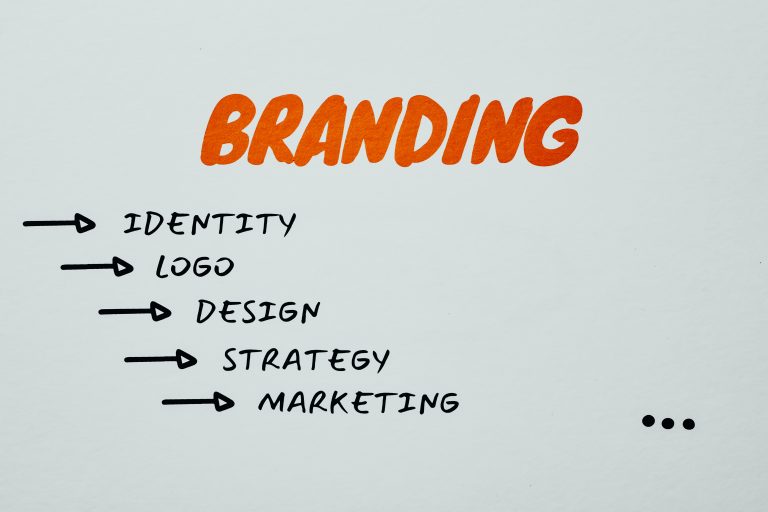Branding strategies make it possible to turn a brand into a strong brand. It must be positively remembered by consumers to increase its long-term value. To this end, the brand strategy provides guidelines that should guide the marketing mix of a company.
The brand strategy formulates the bases, while the marketing strategy applies them operationally. Therefore, a brand strategy is designed for the long-term and future-oriented.
Table of Contents
Brand strategy
The goal of a company’s brand strategy should be that customers always choose the brand in question, even in intense competition. Therefore, a branding strategy must ensure long-term customer loyalty. To make this happen, you have to use Good customer relationship management software. This article explains how companies can develop a brand strategy, what crm systems exist, and what to consider when creating them.
Develop brand strategy
The planning and execution of a brand strategy are usually scheduled for an extended period, three to five years. The following circumstances consider to be reasons for developing a brand strategy:
- A company launches a new product and considers how it should be market.
- These revolve around market intelligence, brand identity, brand positioning, and the creation of brand rules.
Market intelligence: market and consumer research
Market intelligence refers to exploring the brand’s environment, both internal and external. First, the target group and market demand are examine in more detail. If the brand has been around for a long time, it is advisable to evaluate its perception by customers.
Once the needs of the target group have been identifie, competitive analysis is performed. The market environment must be consider. The goal is to identify all influences on the brand, whether political, social, or economic.
Create a brand identity
The next step is to develop the internal value proposition: What can the brand offer, and what does it represent?
First, it is about highlighting the internal values of the company and the essential characteristics of the brand to create a brand identity. These, as well as the corporate design, are first applied internally. They can then be brought to market as part of a branding strategy.
Define brand positioning
Based on the identity and perception of the brand, the brand positioning is developing. The objective is to stand out from the competition and position the brand in the consumer’s mind. The clearer it is, consumers will remember, the more likely the brand.
Apply the brand strategy
After the theoretical planning of the brand strategy, it is about implementing it. It is essential to use all the channels available to bring the brand’s message to the market. In addition, you have to make sure that the branding strategy is integrate into the employee workflows.
Evaluate the B.S
Various metrics can determine the effectiveness of a brand strategy. These include, for example, the following:
- Conversion rates for landing pages on the web
- Engagement rate on social media channels
- CRM email open rates
- Sales numbers
In addition, since the market is constantly evolving, the brand strategy must continually adapt.
The different B.S
Branding strategies differ according to the type of competition the company has to face. We highlight the following types:
- Horizontal competition: Competitors that meet the exact needs of customers with similar or identical products/services.
- Vertical competition: Competitors that meet the same or similar customer needs with other products/services.
Next, we expose you models of brand strategy applicable to the horizontal competition:
Individual BS
The individual bs creates its own identity and image for each of its products. This strategy is often use when a manufacturer or supplier offers several heterogeneous products.
Example: Ferrero with brands like Nutella, Mon Chéri, or Kinder.
Multi-B.S
In the multi-brand strategy, several brands use for each type of product of a company. Therefore, there are several brands in the same product area. Can lead to brands competing with each other and cannibalizing each other.
Example: Unilever with Cornetto and Magnum.
Unique B.S
This type of strategy puts the company in the foreground. As a result, marketing and advertising costs are lower than with other marketing strategies.
Example: Coca-Cola
What is a good B.S?
For a bs to be sustainable and prosperous, these aspects must be taken into account:












